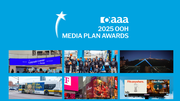Content
Sustainable, inclusive innovation fuels India’s DOOH renaissance
Aman Nanda joined Digital Signage Today for an exclusive email interview to explain the rise and future of DOOH in India, which is a leading emerging market for digital signage and marketing. Nanda, chief strategy officer at Times OOH, explains challenges and opportunities to the rapid growth, which is fueled by sustainable, inclusive innovation.
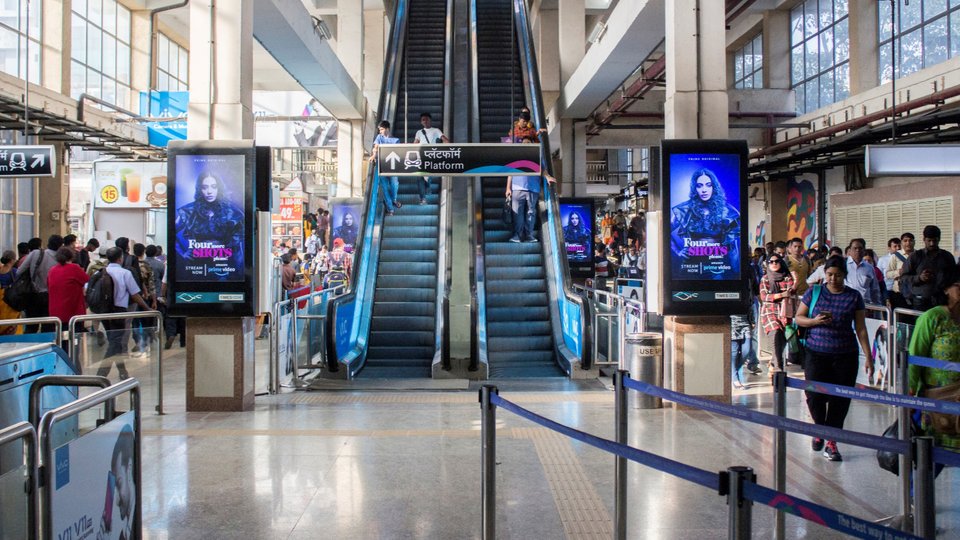
November 23, 2022 by Daniel Brown — Editor, Networld Media Group
 |
Aman Nanda, provided. |
Aman Nanda joined Digital Signage Today for an exclusive email interview to share the story of how digital signage is growing fast in India, an important emerging market for the global industry. Nanda is chief strategy officer at Times OOH, which he describes as a leading provider in out-of-home advertising in India. With a special focus on transportation, the firm has invested in exclusive OOH rights for several airports, covering approximately 60% of India's air traffic, along with extensive rail operations. A chosen partner in India's official Smart City initiative, the company also installed over one hundred digital billboards in Ahmedabad, an installation which Nanda says was the first of its kind in the nation.
Scale
Though static OOH still dominates, DOOH is growing fast and accounts for about 13% of overall OOH ad spend, Nanda said, contrasting with 60% in Singapore and 40% globally (on average). "Because of the flexibility and reliability of the medium, digital out-of-home has taken the Indian market by storm," Nanda said. "It is expected that Indian Digital OOH market will grow in strong double digits over the next 5 years," and Nanda believes that figure will grow to about $98.3 million "in the near future." Nanda cited a study that estimated total screens at 55,000 in 2020, growing to 60,000 in 2021 (nearly a 10% increase), and he estimates the current annual DOOH ad spend at just under $37 million.
Initially driven by roadside billboards and transportation hubs, the DOOH transition is spreading fast in residential and commercial areas, including retail and restaurant environments. This is thanks to reduced LED prices, an increase in permitting and more pDOOH-friendly platforms coming online. As marketers embrace the ad-targeting possible in the medium, they are beginning to experiment with emerging interactive tech, including AR, VR and 3D.
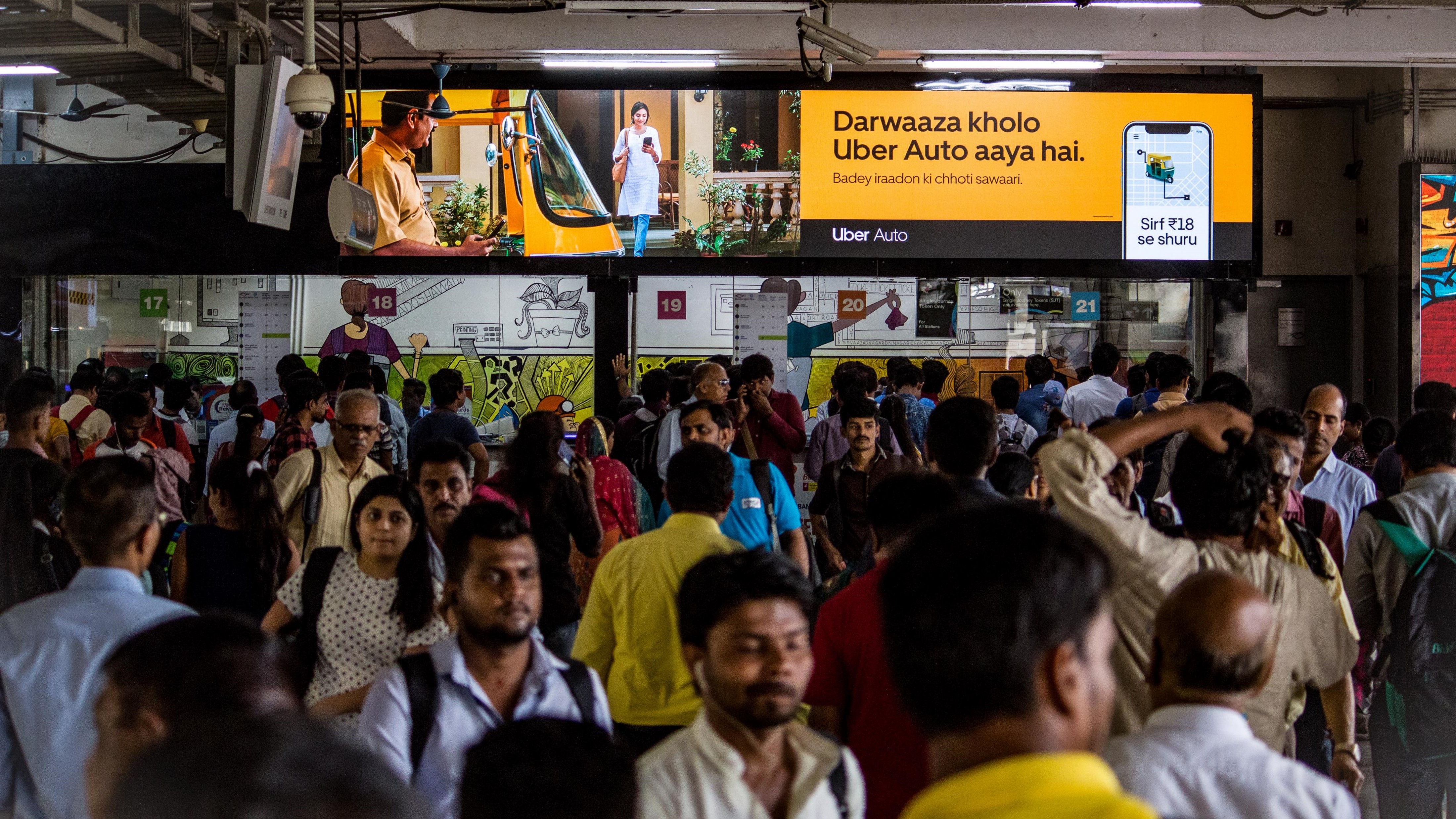 |
Provided by Times OOH. |
Challenges and opportunities
Due to the novelty of DOOH in India, the government is still figuring out regulations. "However, since India is a highly fragmented market — where authorities change in every state, city or district — their mindsets and outlook towards DOOH medium also vary," Nanda said.
There are also challenges in supply and demand, where Nanda says the industry needs more investment in hardware and software development. This has been hampered by short-term business strategy, where "media owners really depend on the short-term gains from the markets, whereas we can tell with our own experience that DOOH definitely reaps results in the long term."
Other obstacles include the often higher cost of digital ads, along with traditionalism in a market that was once dedicated to static advertising content. "Lacking awareness, marketers… are underutilizing this media by not creating digital-friendly creative, as most of them still believe in creating and adapting a static master artwork for DOOH," Nanda said.
Still, the results, particularly with ad-targeting, the flexibility and interactive power of pDOOH, and ROI optimization (such as in shared DOOH media strategies) have begun to speak for themselves. "While the conventional formats have shown proven results in the past, with consumers' changing behavior, travel patterns and likings, DOOH is (the) definite future of OOH," Nanda said. "DOOH also provides an opportunity for marketers to associate with widely-followed and major cricketing and soccer sports events through content sponsorship allowing them to sponsor real-time updates as well as live feeds."
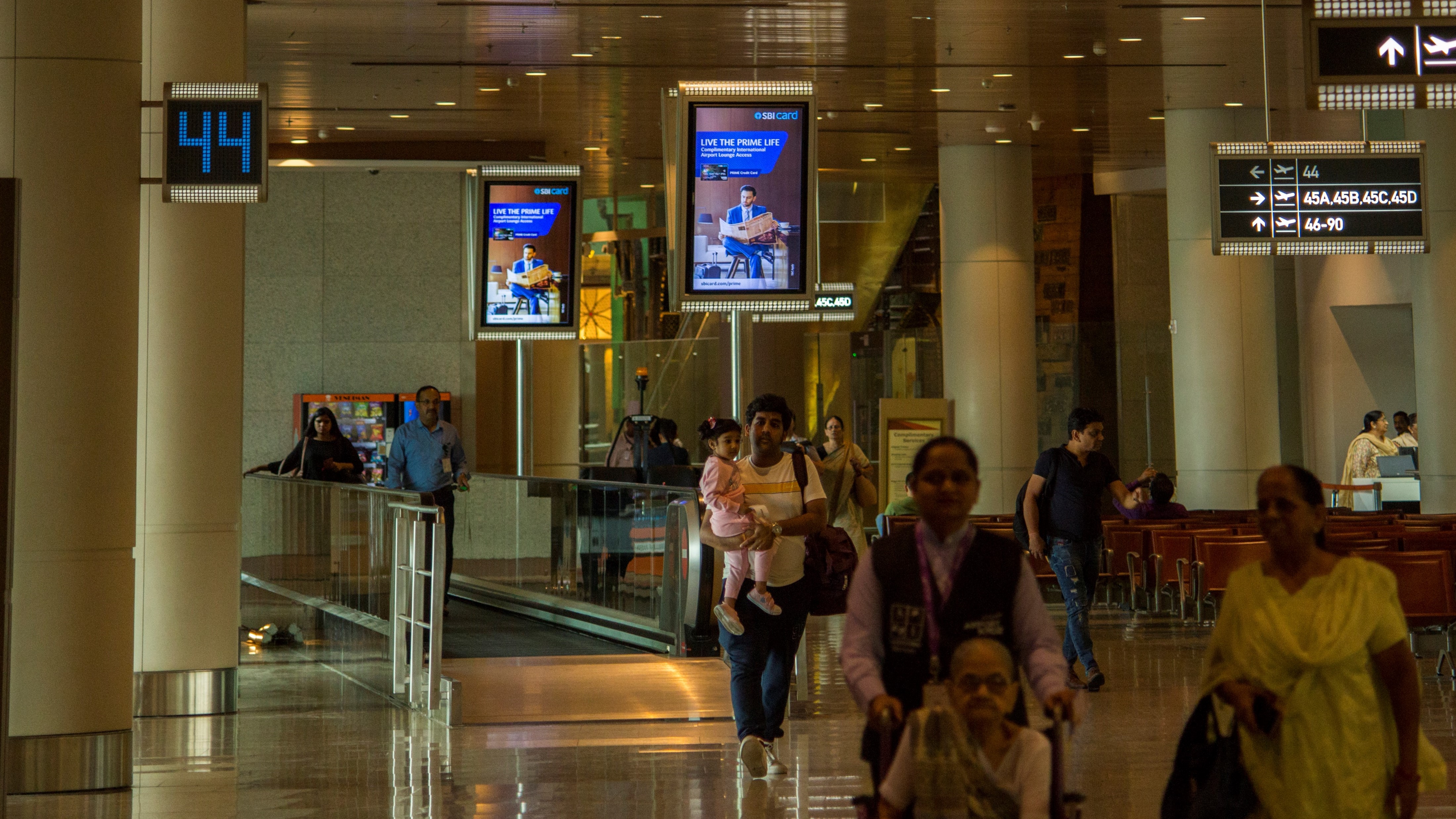 |
Provided by Times OOH. |
Sustainability
In a nation that has made sustainability an explicit policy goal, digital signage is no exception. "Tackling climate change requires conscious efforts," Nanda said. "Wherever possible, marketers are also investing to promote this cause."
For example, Nanda's company has transitioned to more eco-friendly materials in static OOH products, prioritizing digital when planning new creative and converting static content to digital when possible. In digital, energy efficiency is a major priority, with screens deactivating during inactive periods and auto-adjusting brightness based on ambient light, all driven by a company ethos that "continuous innovation is the only mantra for businesses, manufacturers, consumers and governments to ensure a sustainable future."
Nanda's company is far from alone in the business community. "Among Indian media owners, there is an increasing trend of using solar," Nanda said. "The overall industry is moving towards digital media to avoid flex printing and pollution," he added, and the government's prioritizing of sustainability fuels these patterns. "The Indian government is implementing favorable policies, encouraging green tech by subsidizing the cost of hardware involved in renewable energy, (passing) rainwater harvesting mandates and encouraging… EV and natural gas mobility."
Inclusion, emerging tech
In global digital signage, questions of sustainability tend to go hand in hand with those of diversity, equity and inclusion, along with accessibility; Nanda confirmed that this is an action area for his company and the India market as well.
"In India, where a 1.4 billion-strong population speaks more than 450 languages, diversity not only means having more female workers but, for Times OOH, it means hiring employees from different cultural, linguistic and socioeconomic backgrounds; of different sexual orientations; and with different physical abilities," Nanda said, mentioning his company's partnership with the non-profit Akhand Jyoti. "Akhand Jyoti is a non-profit organization which aims to help eliminate curable blindness by providing low-income states of India affordable, accessible, sustainable, quality curative and preventive eye care services, and by empowering women to achieve this," Nanda said. The non-profit "also incorporates an active gender equality program aimed at empowering women and girls in strong patriarchies."
As with sustainability, the public and private sectors are sensing the need for action. "Within the OOH industry, we are observing increased awareness amongst certain government ministries and departments," Nanda said. "Even businesses are coming up with campaigns which are very much inclusive and innovative in approach."
That innovative mindset is helping the Indian market to embrace an array of emerging technologies. "With the launch of 5G technology, India is geared up to experience the 'metaverse' and to change the entire landscape of Digital out-of-home," Nanda said. "With the incorporation of artificial intelligence, machine learning and robotics, which are already in use, DOOH will have access to more data and intelligence, and the industry has now become a fertile ground for unlimited technological innovations."
 |
Provided by Times OOH. |
Closing thoughts
"The only thing which is permanent in business is change," Nanda said, "and thus the Indian OOH industry is digitizing at a good pace."
A new generation of marketers, businesspeople and customers have higher expectations of the industry, Nanda added, including "transparency, ROI, real-time insights, cutting-edge innovations and ease of loading campaigns. The technological advancements and integration of platforms enabling measurability for OOH are what the supply side should be ready with."
In closing, Nanda echoed familiar themes from other markets. "The affluent audience with a captive mindset can be best reached through OOH media in a transit segment, and therefore (this) is the best place to advertise your brand in a non-cluttered media environment."
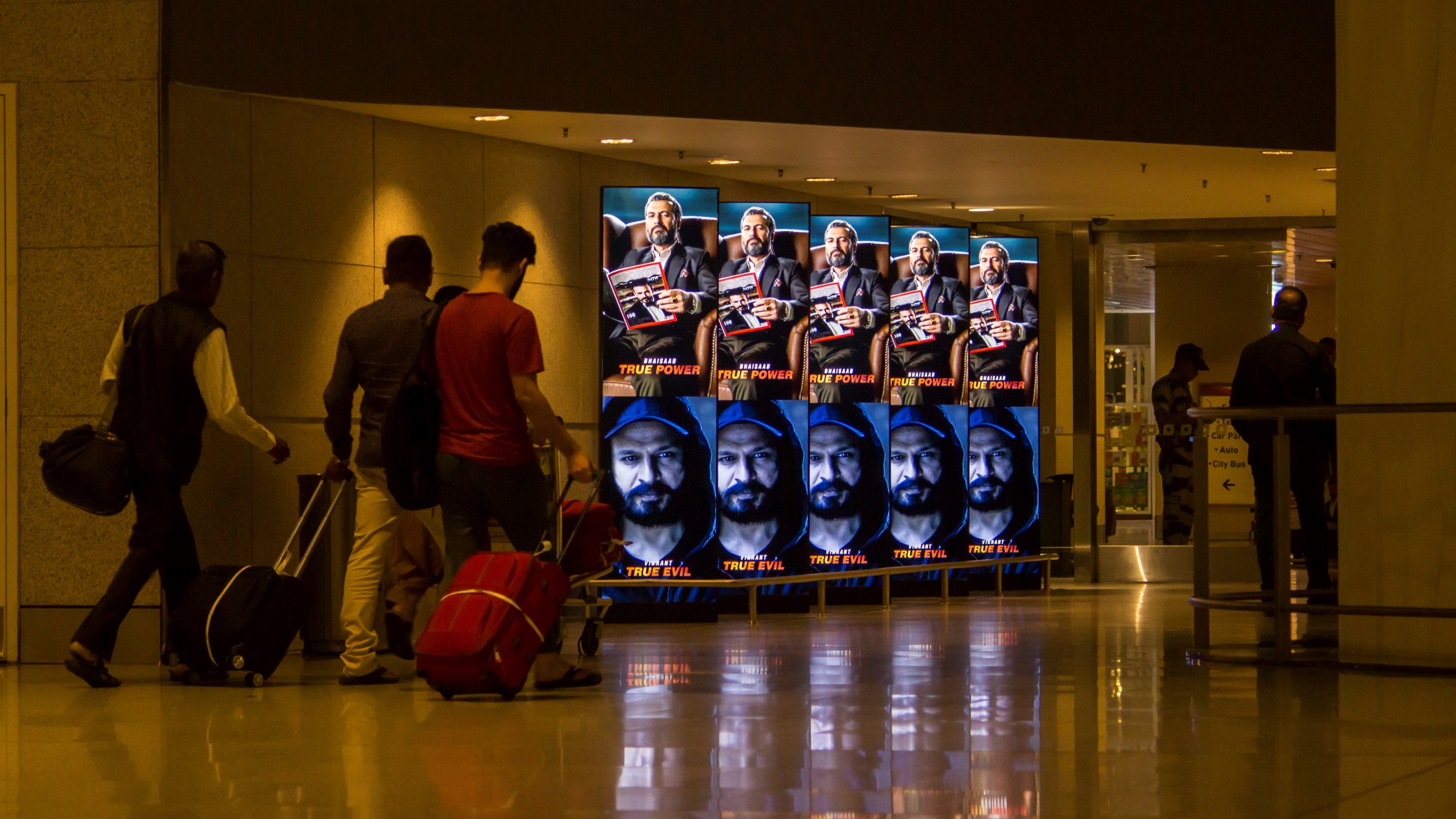 |
Provided by Times OOH. |
About Daniel Brown
Daniel Brown is the editor of Digital Signage Today, a contributing editor for Automation & Self-Service, and an accomplished writer and multimedia content producer with extensive experience covering technology and business. His work has appeared in a range of business and technology publications, including interviews with eminent business leaders, inventors and technologists. He has written extensively on AI and the integration of technology and business strategy with empathy and the human touch. Brown is the author of two novels and a podcaster. His previous experience includes IT work at an Ivy League research institution, education and business consulting, and retail sales and management.



